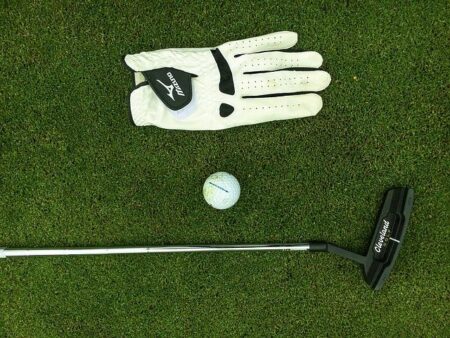Creating an indoor golf space has become an increasingly popular way for enthusiasts to practice their swing year-round, regardless of weather conditions. However, setting up an effective and enjoyable indoor golf environment is not without its pitfalls. Experts warn that many players unknowingly compromise their experience by making common mistakes during the setup process. This article highlights five of the most frequent errors people make when designing their indoor golf areas-and offers insight into how to avoid them for a seamless and satisfying practice space.
Common Layout Errors That Compromise Swing Accuracy and How to Fix Them
One of the most overlooked issues in indoor golf setups is improper alignment of key elements like the hitting mat, screen, and ball position. Without careful calibration, even minor shifts can lead to inaccurate feedback on your swing. Many players unknowingly place their mats off-center or position the ball too far forward or backward, disrupting their natural stance and swing path. Additionally, inadequate spacing between your stance area and impact screen can force adjustments mid-swing, ultimately affecting consistency and shot realism.
Another common pitfall lies in neglecting the room’s environmental factors such as lighting and flooring. Poor lighting can cast shadows that distort visual depth perception, while slippery or uneven flooring can cause instability during your swing. Ensuring a well-lit space with non-slip, level flooring is crucial for replicating real-course conditions. To better visualize these impacts, consider the following quick checklist:
- Mat and tee alignment: Align with your natural stance, not just the screen’s center.
- Ball position: Place the ball according to club type-forward for drivers, center for irons.
- Distance from screen: Enough room to complete full swings without obstruction.
- Lighting: Bright, evenly distributed light reduces shadowing errors.
- Flooring: Stable, non-slip surface for solid footing.
| Mistake | Impact on Swing | Simple Fix |
|---|---|---|
| Misaligned Mat | Inconsistent contact angle | Center mat with ball and your stance |
| Incorrect Ball Position | Inaccurate ball flight data | Adjust ball placement by club type |
| Insufficient Lighting | Reduced depth perception | Add overhead, shadow-free lighting |
| Slippery Flooring | Instability during swing | Use non-slip mats or flooring |
Choosing Inadequate Equipment and Lighting Solutions That Undermine Practice Quality
Investing in subpar golf equipment or inadequate lighting can dramatically diminish the quality of your indoor practice experience. Many enthusiasts unknowingly settle for budget gear that fails to accurately replicate real golf conditions, leading to flawed swings and unrealistic feedback. Without precision-engineered simulators and accurate ball-tracking systems, critical performance metrics become unreliable, ultimately stalling your progress. Similarly, insufficient or poorly positioned lighting casts unwanted shadows and causes glare, straining the eyes and breaking concentration during practice sessions.
To optimize your practice space, consider key elements that directly impact performance and comfort:
- High-Fidelity Simulators: Offer precise feedback on ball speed, launch angle, and spin.
- Adjustable LED Lighting: Minimizes glare and shadows while maintaining a natural ambiance.
- Calibration Tools: Ensure your equipment maintains accuracy over time.
- Ergonomically Designed Setup: Supports consistent swing mechanics without interference.
| Equipment Aspect | Impact of Inadequacy |
|---|---|
| Simulator Accuracy | Misleading data, poor swing adjustments |
| Lighting Quality | Eye strain, inconsistent visual cues |
| Space Ergonomics | Restricted movement, increased injury risk |
The Conclusion
In summary, setting up an indoor golf space requires careful planning and attention to detail. Avoiding common missteps such as poor lighting, inadequate space, subpar equipment, improper flooring, and neglecting safety measures can make all the difference between a frustrating experience and a successful home golf environment. By being mindful of these pitfalls, enthusiasts can create an indoor setup that truly enhances their game and provides enjoyment year-round. As interest in home golf spaces continues to grow, staying informed and prepared remains essential for both beginners and seasoned players alike.







